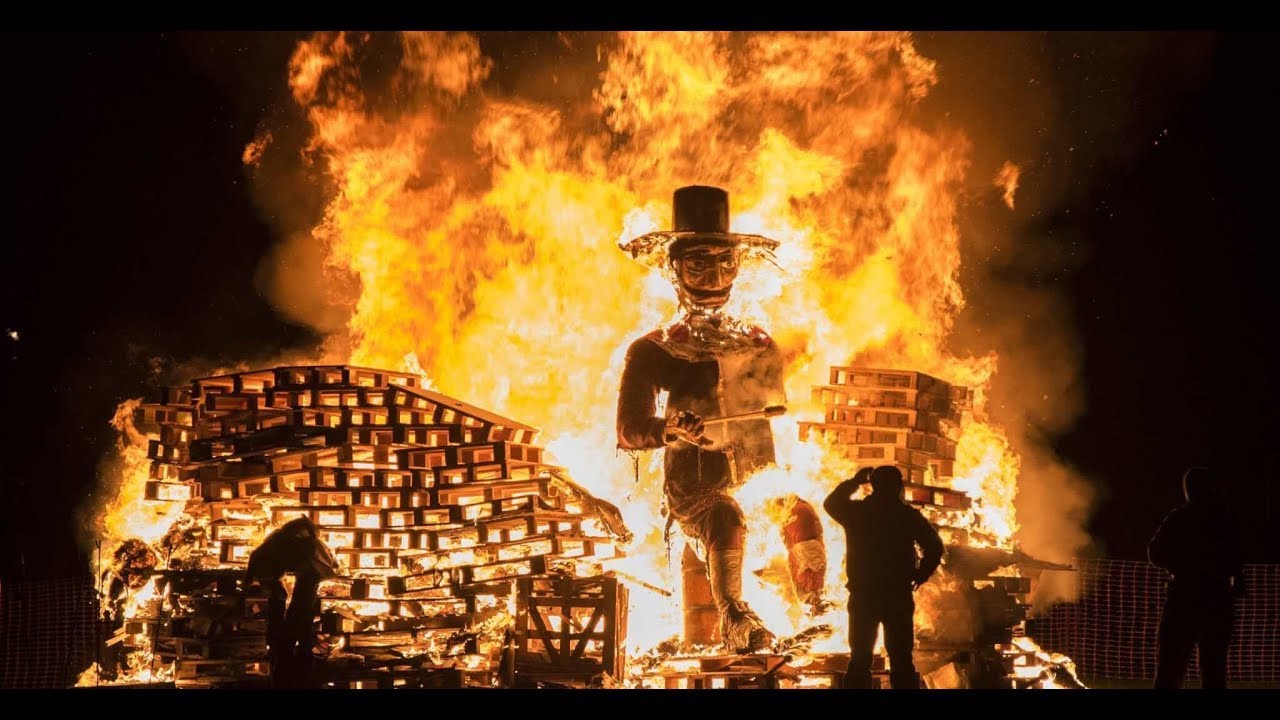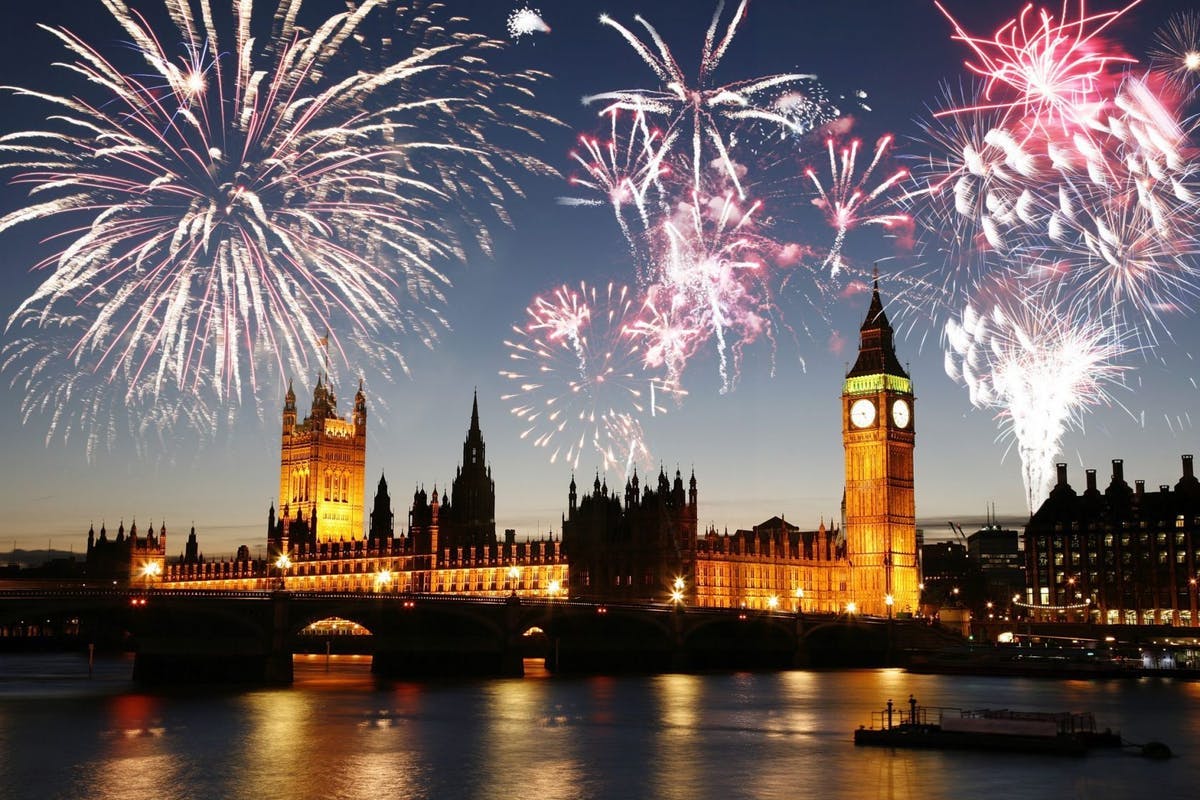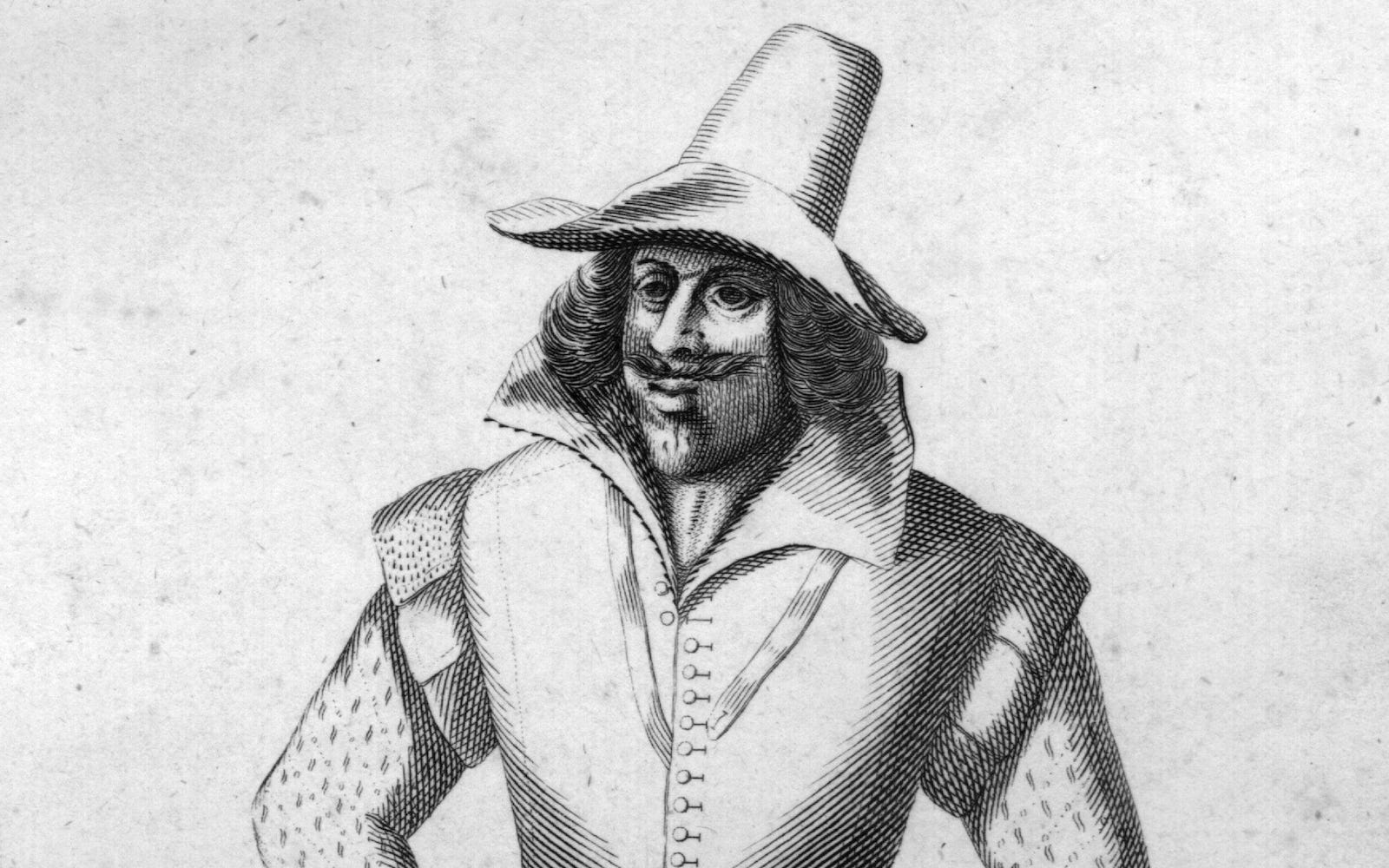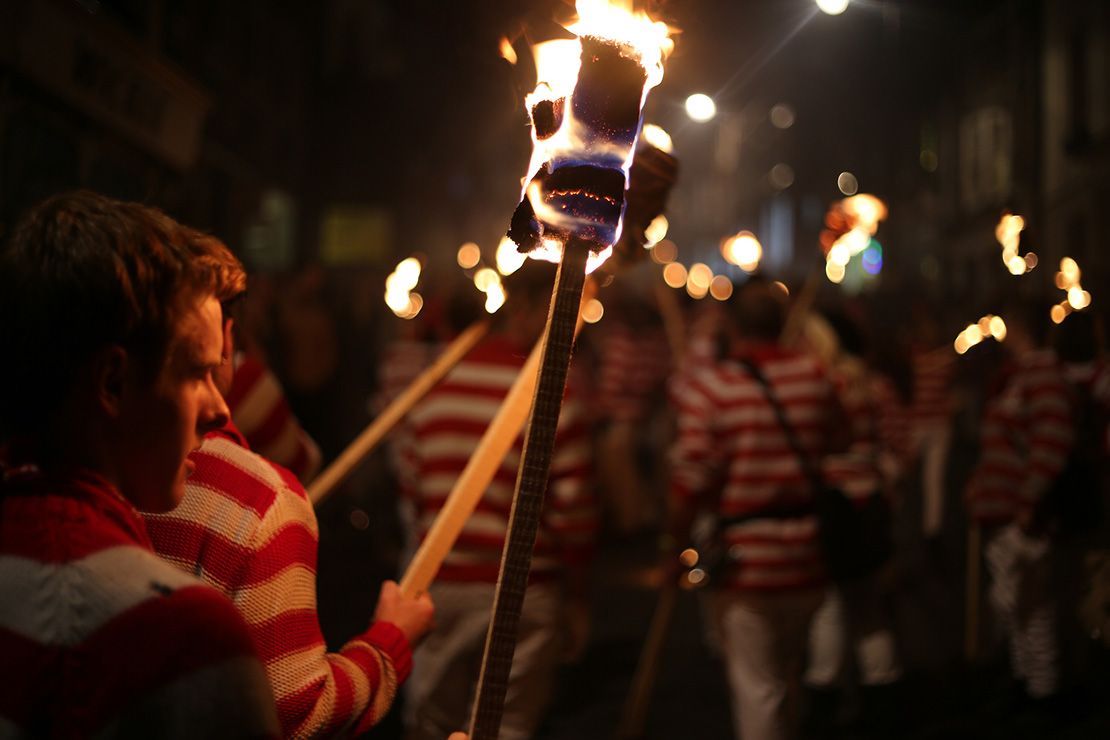
Why celebrate Guy Fawkes Day? Inside the history of Nov. 5th
What’s that noise? Oh, it’s November 5th! Guy Fawkes Day is upon us so we must make as much noise as humanly possible and disturb all household pets. We may sound sour, but we do love the spectacle many refer to as Bonfire Night. ✨ Seeing the fireworks in the sky and the bonfires blazing, it’s the perfect not-so-warm welcome to the colder months ahead.
Why do we celebrate Guy Fawkes Day? Unsure about its origins? Let’s dive into the history of Bonfire Night.

Remember, remember
Many U.S. citizens may be scratching their heads right now wondering why Brits are sharing celebrations on this seemingly average November evening. Or not, if you’ve happened to watch V for Vendetta lately. Well, once a year, those in the UK enjoy a celebration known as Guy Fawkes Day.
It’s traditionally celebrated on November 5. On this particular day, you gather around a bonfire and look up to the skies as colorful fireworks explode. Even though gatherings have been canceled in the UK because of the new lockdown, backyards are the new firework displays.
Members of the public also fashion their own Guy Fawkes look-alike (usually out of old clothes) and burn him on their bonfires. How splendid. 🔥

What is Bonfire Night?
Not even a week after Halloween and we’re ditching the pumpkins for sparklers! Bonfire Night has been celebrated as far back as 1605, after a plot to blow up Parliament was foiled.
Way back in 1603, Elizabeth I was on the throne and sadly reaching the end of her days after forty-five years on the throne. Catholics in England suffered harshly because of their faith and were up against severe prosecutions. Many believed once the throne was succeeded by Protestant James VI of Scotland, the son of Mary Queen of Scots, things would change.

Unfortunately, for Catholics, this wasn’t meant to be. James VI reintroduced Elizabeth’s steep fines for those with the faith. A group of English Roman Catholics grew tired of the harsh penalties they faced and wanted things to change.
Leader Robert Catesby, came up with a plan to kill the king by blowing up the Palace of Westminster during its opening on 5 November – and so the Gunpowder Plot was born.

Who’s Guy Fawkes?
Robert Catesby wasn’t alone with his plot as he planned the entire Gunpowder operation alongside Thomas Wintour, Jack Wright, Thomas Percy, and Guy “Guido” Fawkes. Thirty-five-year-old Guy Fawkes was born in York, England. Fawkes converted to Catholicism after the tragic death of his father. The Gunpowder plot that the team created made Fawkes an essential part of the plan.
Ten individuals hatched the plan and leased a house in Westminster, London, to get close to the Palace of Westminster without drawing suspicion. Guy Fawkes was made caretaker of the property under the not-so-discreet alias John Johnson. Yes, seriously.

Things worked in their favor as they were able to smuggle six barrels of gunpowder into a ground-floor cellar, which they had leased, and placed them directly underneath the House of Lords.
Fawkes’s role in the Gunpowder plot was made clear because of his history with explosives. As an explosives expert, Guy Fawkes had the task of lighting the fuse that would create mass carnage. Their original plan was for the team of ten to see the Parliament House in flames and flee to Europe. They included enough explosives to destroy an area of up to 1,320 feet wide.

Caught red-handed
As we know, Parliament House is still standing, so this must mean their plan was foiled, but how? There was a mole! An anonymous letter ruined any plans they had as it warned Lord Monteagle (a member of the House of Lords) from opening Parliament. Robert Cecil, the Earl of Salisbury, received the letter and decided to wait until the last minute to foil the plan.
In the early hours on November 5, 1605, Guy Fawkes was caught attempting to light the fuse in the cellar. Fawkes was taken and tortured until he gave up the names of his co-conspirators. All of them died either resisting capture or were put to trial for high treason, found guilty & were hanged, drawn, and quartered.

However, while awaiting punishment, Guy Fawkes took matters into his own hands, leaped to his death, and died from breaking his neck. Officials still decided to cut pieces of his body & scatter around the city as a warning to the citizens.
Over the years, many people have had different ideas about what happened on that November night. This is the story that each Brit was raised on, but could this be entirely true?
—
We much prefer roasting marshmallows and looking at the pretty lights rather than the gruesome tale of Guy Fawkes and his grizzly end. Prepare for oohs and aahs! Will you be celebrating Bonfire Night this year? Let us know your thoughts on all the Guy Fawkes conspiracies below.







